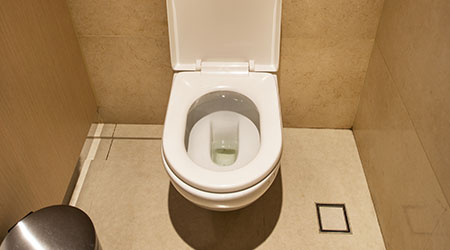
Healthy Buildings Command Rent Premium, Expert Says
May 9, 2018
New rating systems like the WELL Building Standard and Fitwel are terrific for helping facility managers implement health and wellness strategies in their facilities. But these strategies come with a cost. Increasing evidence, though, is showing it’s a cost that has a tangible return on investment.
A recent post on JLL’s site The Investor rounds up some of the data and expert opinions showing how healthy buildings make business sense. One expert, John Mooz, senior managing director at Hines, opined that a healthy building could command a rent premium of as much as 20 percent.
Defining what exactly a “healthy building” is means that those rating systems focused specifically on health and wellness will continue to gain momentum. The JLL story quotes another expert suggesting that the healthy buildings movement is in a similar position today as the green building movement was 10 to 15 years ago. That’s notable because that’s about the time the LEED rating system – the first widely adopted rating system to really define what a green building is – was beginning to catch on. And LEED helped transform the market by both defining what a green building is, and also proving that green buildings do make business sense for a number of reasons, from higher rents to better attraction and retention of talent.
A recent cover story in Building Operating Management also illustrates the benefits of implementing health and wellness strategies, and offers advice on how to define a healthy building. The story also makes the cogent point that health, wellness, and sustainability are all interconnected – and this fact helps make the justification argument easier, as focusing on one strategies usually has tangential benefits in other areas as well.
This Quick Read was submitted by Greg Zimmerman, executive editor, Building Operating Management. Read his cover story profiling Northwestern University’s vice president of facilities management, John D’Angelo.
Next
Read next on FacilitiesNet












